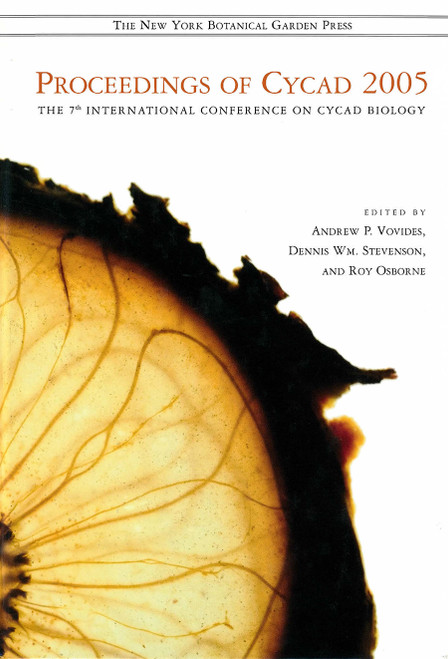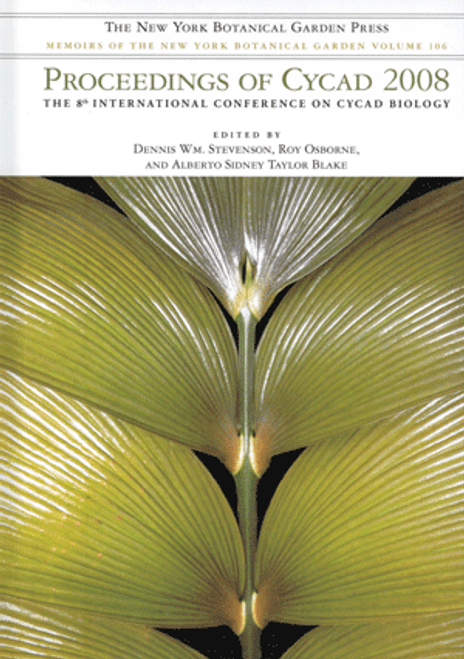This purchase only includes chapter 24 of this title.
Abstract
We evaluated the diversity and genetic structure of Dioon edule throughout its known range in eastern Mexico, from the states of Nuevo León to Veracruz, north to south, respectively. We analyzed 14 allozyme loci in 8 populations of D. edule. The estimates of genetic diversity were: mean number of alleles per locus (A = 1.44) and percentage of polymorphic loci (P = 54.8), the mean observed (HO = 0.27 and expected heterozygosity (HE = 0.24). In relationship to genetic structure, F-statistics revealed an excess of heterozygous genotypes, local (Fis =−0.27) and globally (Fit =−0.17). The Fst value was 0.75, which indicates that genetic variation explained by differences among populations is only 7.5%. Also, we detected a negative relationship between genetic diversity (i.e., A, P, and HO) and latitude of the populations. Patterns of genetic diversity in D. edule appear to be associated with a post-Pleistocene spread of the species, from its southerly (origin) to its northern range (derived populations, including its central distribution). Also, in this study we detected that D. edule present relatively higher levels of genetic diversity, compared with other cycads and also compared with other long-lived narrow endemic perennial plant species and regionally distributed tropical long-lived trees. We discuss the results of this study in terms of biogeographical and evolutionary aspects and conservation biology.











